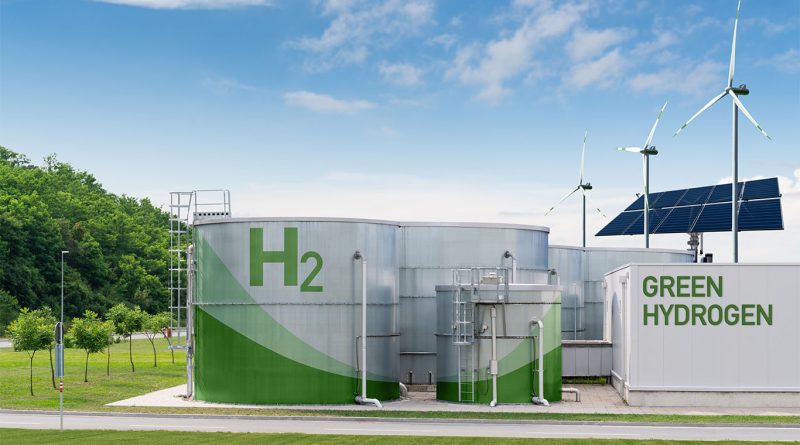Inside the steel giant powering Europe’s largest green hydrogen plant
Subscribe to our free newsletter today to keep up to date with the latest renewable energy news.
Holland Hydrogen 1 in the Port of Rotterdam is set to become Europe’s largest green hydrogen production facility. When operational, it will produce up to 60,000 kilograms of renewable hydrogen daily using power from an offshore wind farm in the North Sea. The project represents a key milestone in the continent’s drive toward large-scale decarbonization, aiming to reduce emissions from both industrial processes and heavy transport.
Engineering a new era of green energy
The facility’s scale and ambition place it at the forefront of the global hydrogen economy. A 200-megawatt electrolysis system will convert renewable electricity into hydrogen, which Shell will supply to its Energy and Chemicals Park in Pernis. This will help replace grey hydrogen currently made from natural gas, significantly lowering the carbon footprint of fuel production. The project has also been recognized internationally, receiving the 2024 World Hydrogen Award for Clean Hydrogen Project of the Year.
Steel and precision at the core
Central to bringing Holland Hydrogen 1 to life is the work of De Kok Staalbouw, a Dutch steel construction specialist. The company is responsible for more than 3,000 tonnes of steelwork, along with 4,000 square meters of roof and wall cladding. Additional infrastructure such as crane rails, pipe racks, and monorails ensures the plant’s operational efficiency once complete.
The sheer volume of steel and the complex integration with the plant’s advanced systems require careful planning. De Kok Staalbouw has been involved from the early engineering stage, working closely with Shell, Visser & Smit Bouw, and Worley to align structural requirements with technical and safety standards.
Building with sustainability in mind
The Holland Hydrogen 1 project is designed with environmental considerations at every stage. Construction incorporates sustainable wood, plant-based paint, and rooftop solar panels to reduce operational emissions. The location at the Port of Rotterdam minimizes transportation distances for heavy components, helping to lower the project’s overall carbon impact.
This sustainability-first approach extends beyond materials to collaboration. Close coordination between contractors and suppliers has been vital to avoiding delays and ensuring quality in each phase of construction. The project’s modular design also enables faster assembly and easier future maintenance, adding to its long-term viability.
Shaping the future energy landscape
Scheduled to start operations in 2025, Holland Hydrogen 1 is expected to play a central role in the Netherlands’ renewable energy strategy. The hydrogen it produces will not only decarbonize Shell’s own processes but will also be used in heavy-duty transport by road and water. This is seen as a critical step toward building a hydrogen economy in Europe, reducing dependence on fossil fuels and creating opportunities for new technology deployment.
With its combination of advanced engineering, sustainable construction practices, and strategic partnerships, the Holland Hydrogen 1 project is more than just a facility. It is a model for how large-scale renewable energy infrastructure can be delivered efficiently and responsibly. As the final pieces of steel are installed and systems prepared for commissioning, the Port of Rotterdam is set to become a focal point in Europe’s clean energy transformation.
Sources:
